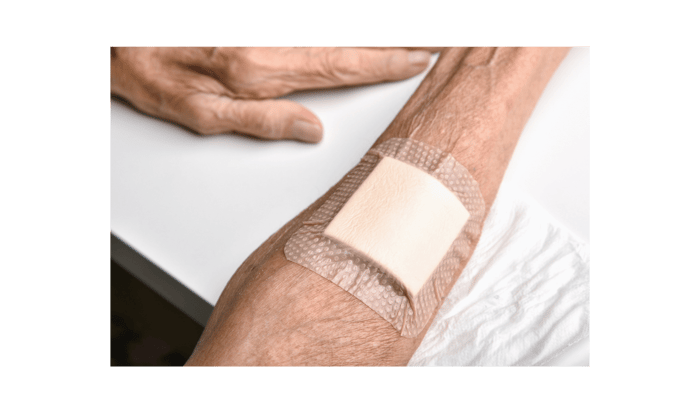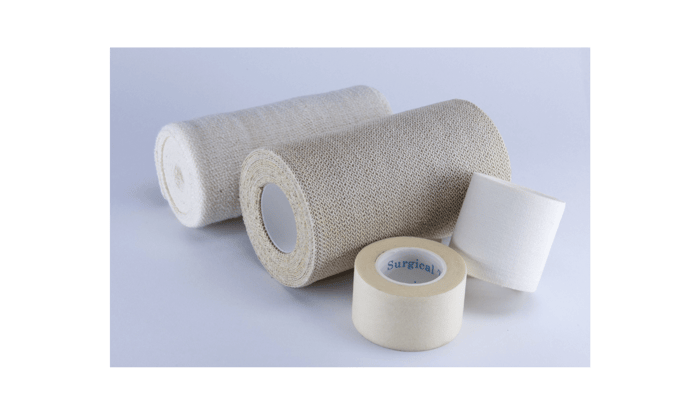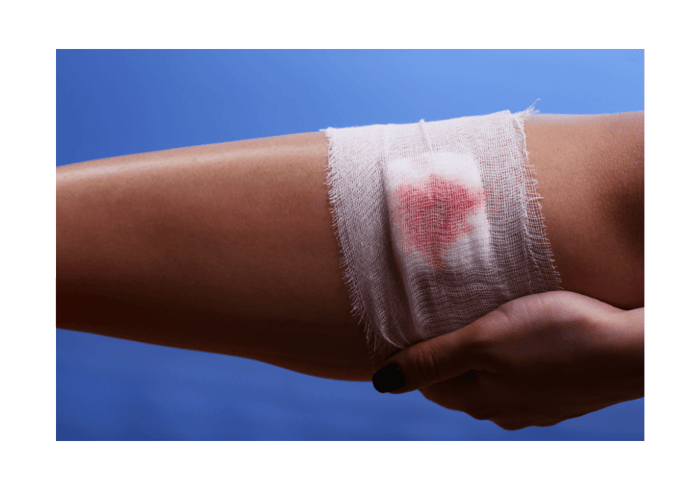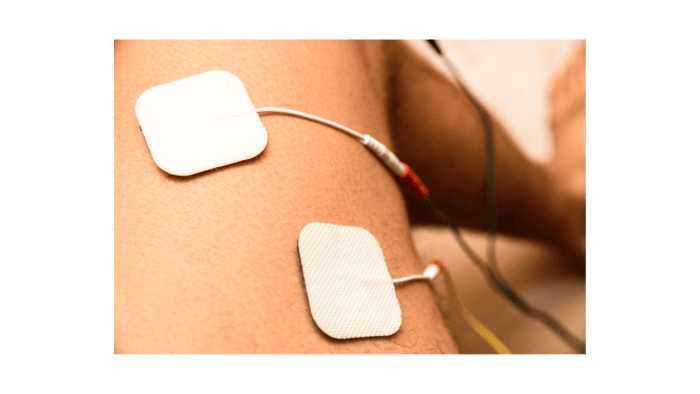Wounds are an inevitable part of life, resulting from accidents or surgical procedures.
Read our Guide to Wound Care and Healing to learn about the body's process in handling wounds.
Proper wound care post-hospitalization is essential for a smooth recovery, minimizing complications, and fostering efficient healing. Adhering to the right approaches and utilizing recommended wound care products can significantly enhance your recovery within a reasonable time frame. Here's how to care for wounds effectively.
Invest in Recommended Wound Care Products
Whether you've had surgery or experienced a significant cut, your medical professional will advise purchasing specific wound care medical products for home use. These products are crucial in shielding the wound from infections during the healing process and for scar reduction.
The necessary supplies typically include
- sterile gauze pads,
- surgical tape,
- a cleaning agent,
- specially treated wipes to apply the agent.
Adhering to your doctor's advice on these products is paramount for effective wound care.
If you have been in the hospital, you will likely receive a short-term wound care package. If you have received post-surgical instructions, follow them closely.
Here are some popular wound products.
Coloplast Sea Clens Wound Cleanser - is a gentle way to cleanse and heal wounds as it's non irritating to damaged skin. It can be used on cuts, scrapes, burns and ulcers.
Biatain Dressing - the dressing converts to a soft gel on contact, which is ideal for cavity filling as it conforms to the skin and wound. It is ideal for ulcers, donor sites and traumatic wounds.
Molnycke Mepore Wound Dressings - has a central absorbent pad that is gentle on the skin surrounded by an adhesive border with rounded corners. This dressing works for various wound shapes.
Hollister Restore Foam Dressing - this dressing can be used under compression bandages and allows for almost pain-free removal. This foam dressing provides barrier protection from water and bacteria. It is an occlusive dressing with white foam backing.
Mepiform Scar Reduction Dressings - this dressing is thin, flexible and discreet and helps minimize pain with dressing changes. The dressing should be worn 24 hours a day, but remove once a day to clean and inspect the wound and scar.
Learn the Proper Usage of Wound Care Products
Knowing what wound care products to purchase is the first step; understanding their proper usage is equally vital. You must learn to remove old bandages and apply new ones with minimal stress on the wound site.
Learning the correct technique to prepare and apply a new bandage is crucial. By mastering the right approach, which involves proper cleaning, applying recommended ointments, and securely but comfortably placing a bandage over the affected area, you expedite the healing process while minimizing pain.
Emphasize Cleanliness in Wound Care
Maintaining cleanliness is non-negotiable in wound care. Remove the old dressing and thoroughly clean the area before applying new bandages. This practice removes bacteria that could hinder healing and potentially cause setbacks.
While wound cleaning may not be enjoyable, every instance of cleaning and dressing brings you closer to complete healing. Familiarize yourself with the instructions accompanying each wound care product and seek guidance from medical professionals if needed.
Report Any Changes to Your Doctor
Part of post-surgery wound care involves promptly reporting any unusual changes to your doctor. Notify your doctor if you observe continuous seepage, unusual pus colour, or anything unusual.
Timely communication ensures that any emerging issues are addressed promptly, preventing complications and facilitating a smoother recovery.
Recognize Signs of Healing
Understanding the signs of normal healing is essential. After sustaining a wound, your body promptly initiates the healing process. White blood cells combat infection-causing bacteria and a protective scab forms over the wound. Recognizing these signs of healing assures you that the healing process is progressing well.
Seek Professional Help for Specific Wound Types
Certain wounds, such as burns or deep cuts, may require specialized care. For instance, burns should be cooled with cold water immediately and dressed lightly. Surgical wounds often need specific care instructions, such as protecting the incision with a bandage and changing it daily. Always follow your doctor's advice for the best care of specific wound types.
Consult a Doctor for Unusual Wound Characteristics
Some wounds may exhibit unusual characteristics, indicating a potential infection or other issues. If you observe skin redness spreading from the wound, excessive swelling, abnormal fluid discharge, increased warmth or tenderness around the wound, or other signs of infection, consult your doctor for further evaluation and appropriate treatment.
Know When to Seek Urgent Medical Attention
Certain conditions warrant immediate medical attention, including wounds that won't stop bleeding after applying pressure, deep or extensive wounds, wounds near sensitive areas like the eye, or wounds caused by dirty or rusty objects. Seek medical help promptly in these situations to ensure the best outcome for your recovery.
Conclusion
Proper wound care is crucial for effective healing and minimizing complications. Adhering to recommended wound care products, understanding their correct usage, maintaining cleanliness, and promptly reporting any concerns to your doctor is key to ensuring a smooth recovery.
Additionally, recognizing signs of normal healing and seeking professional help for specific wounds is essential to facilitate an efficient healing process. Always prioritize your health and follow medical guidance for optimal wound care.










